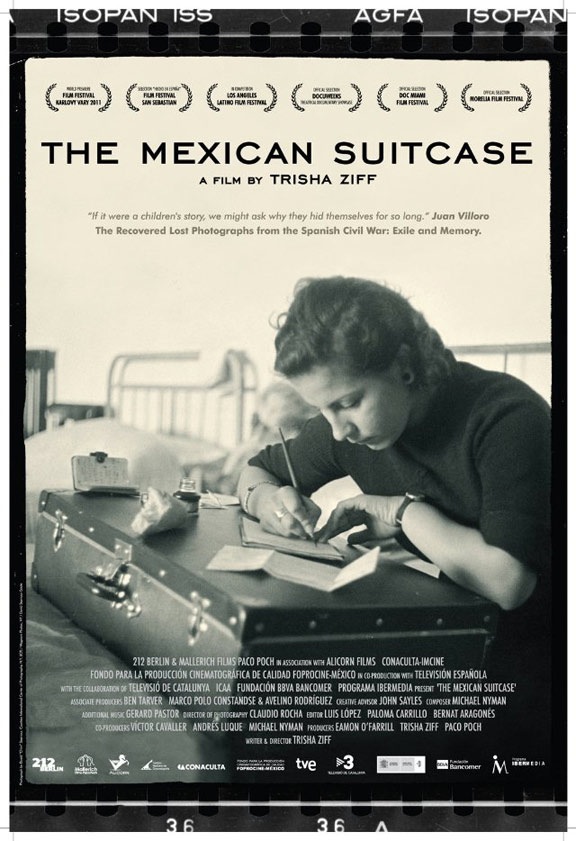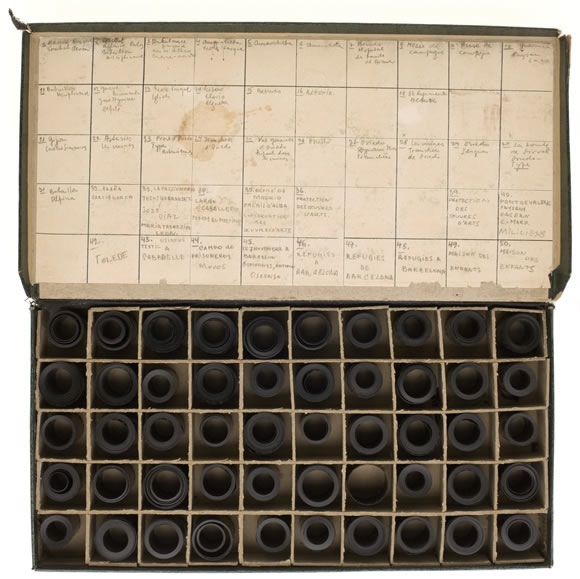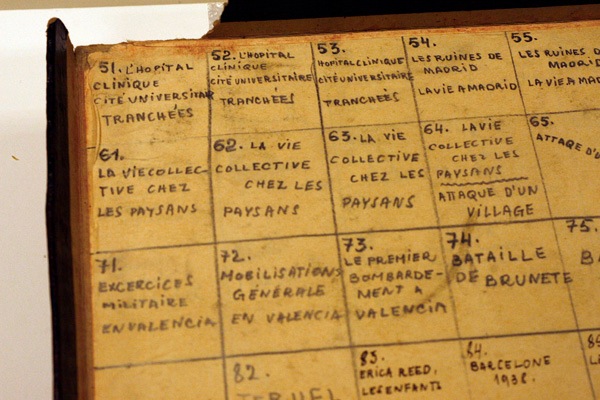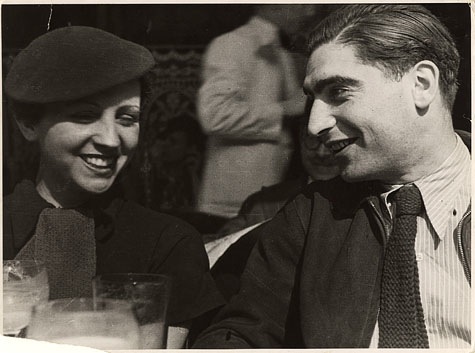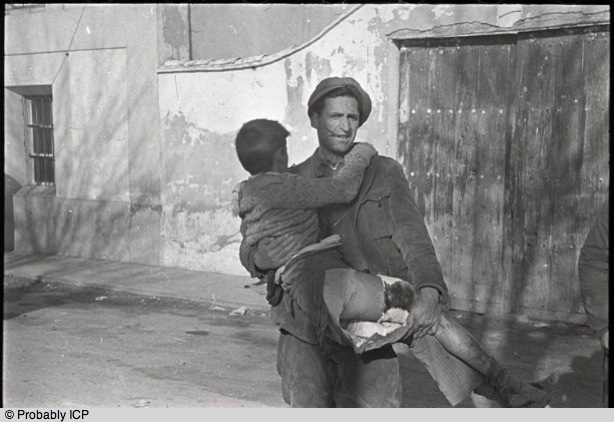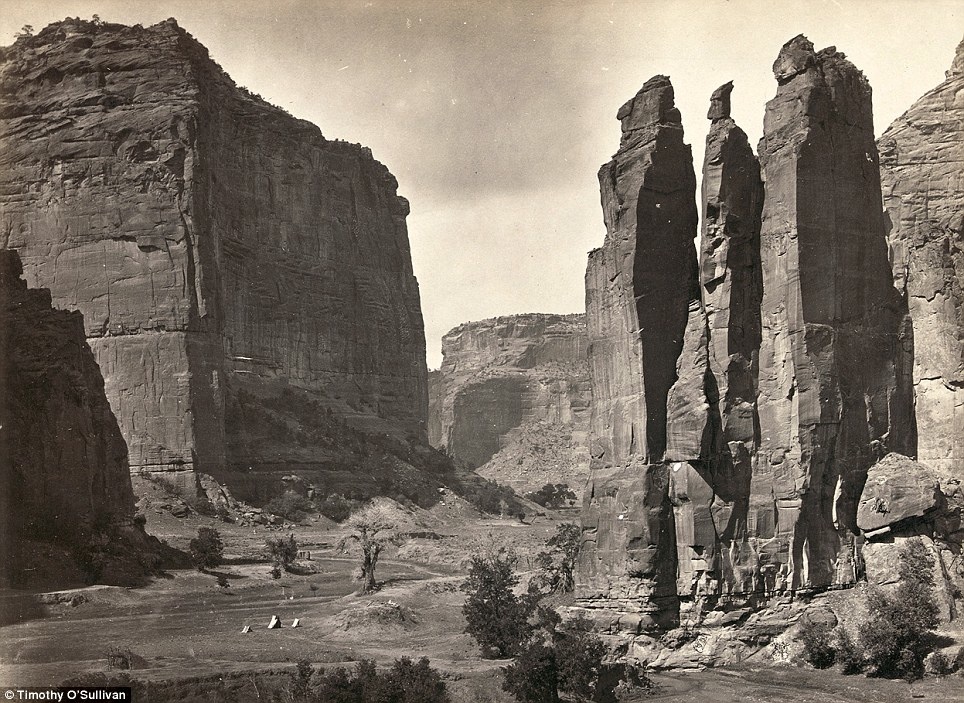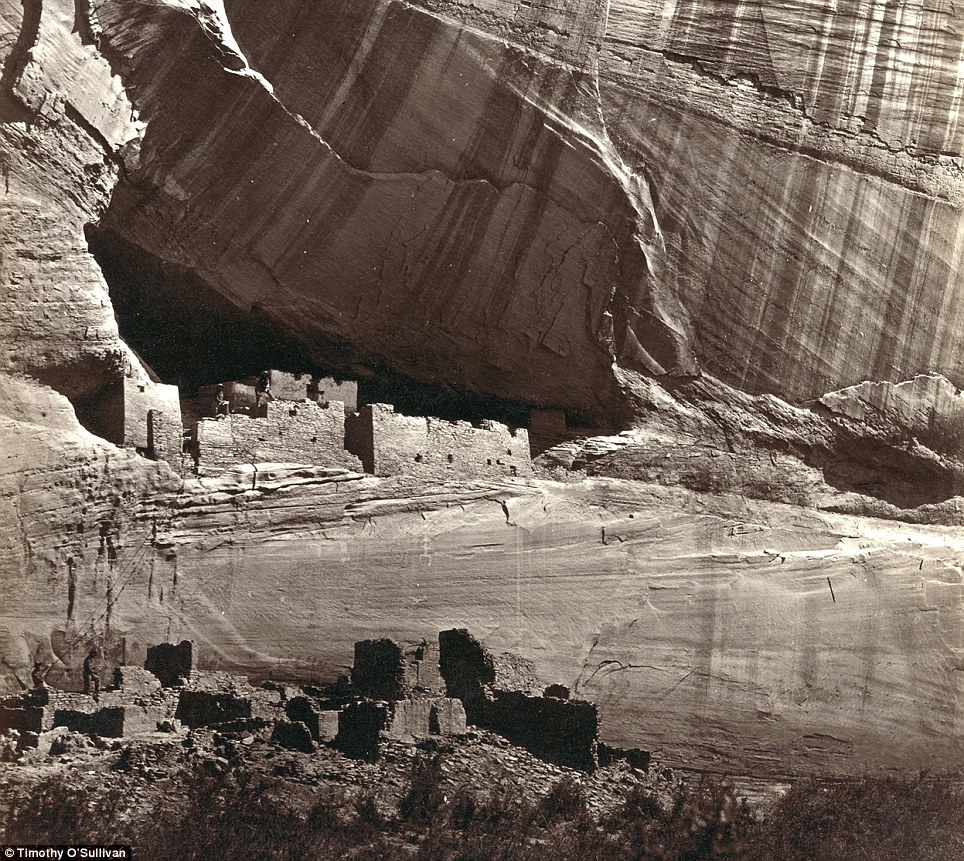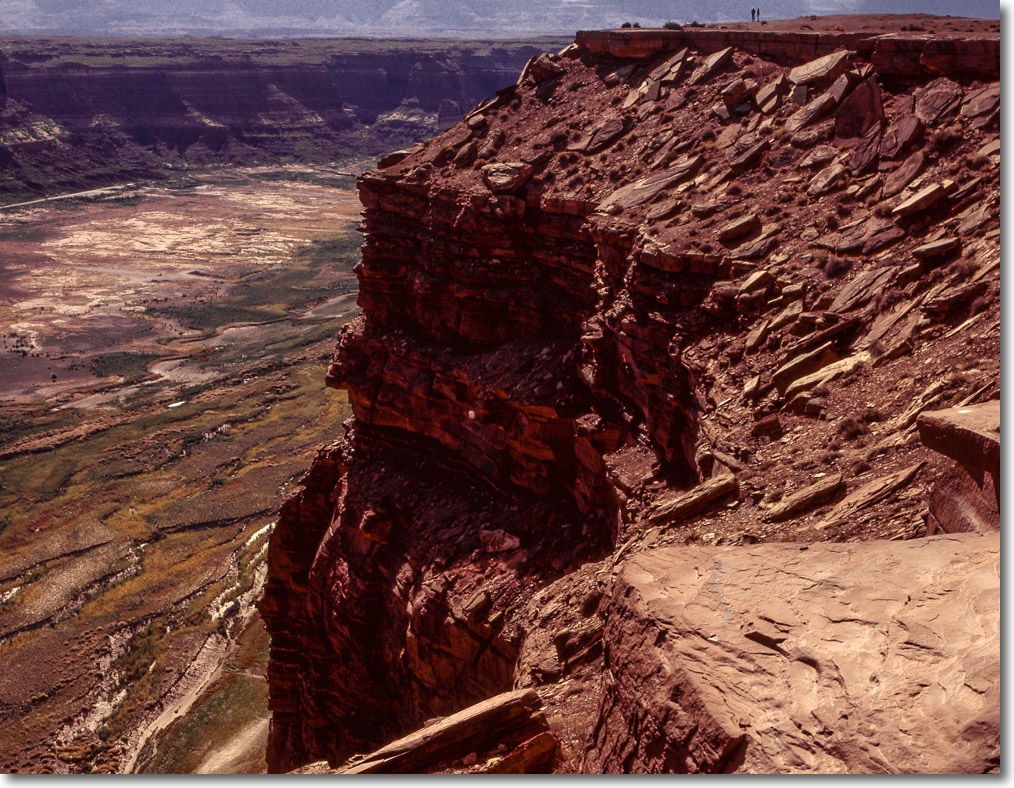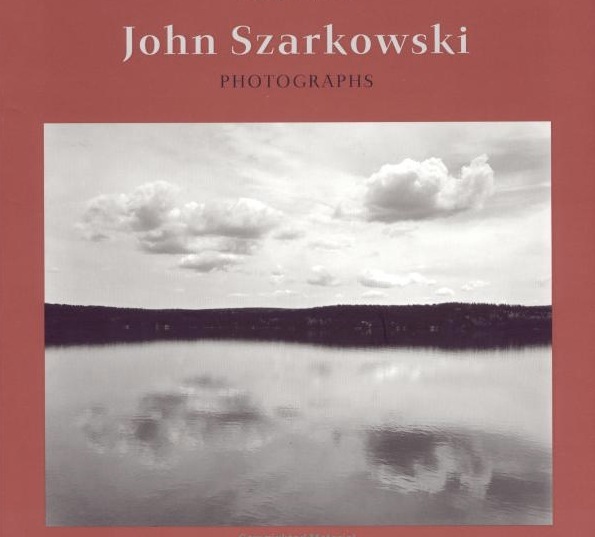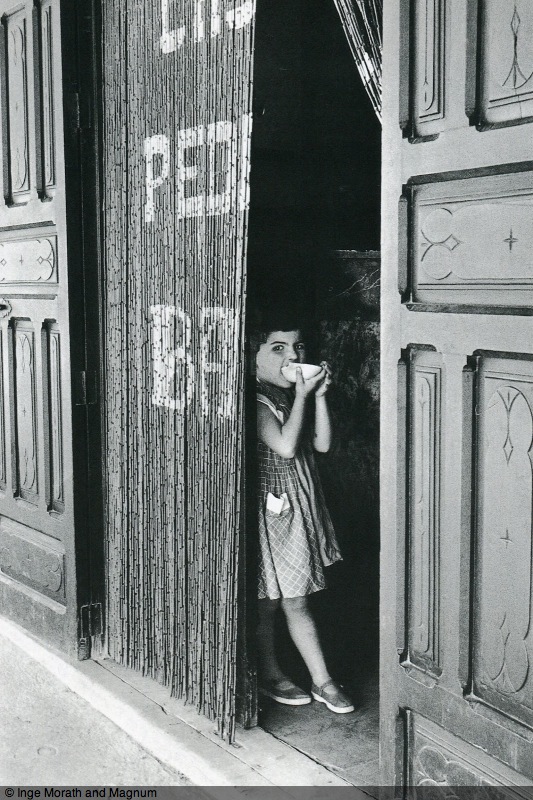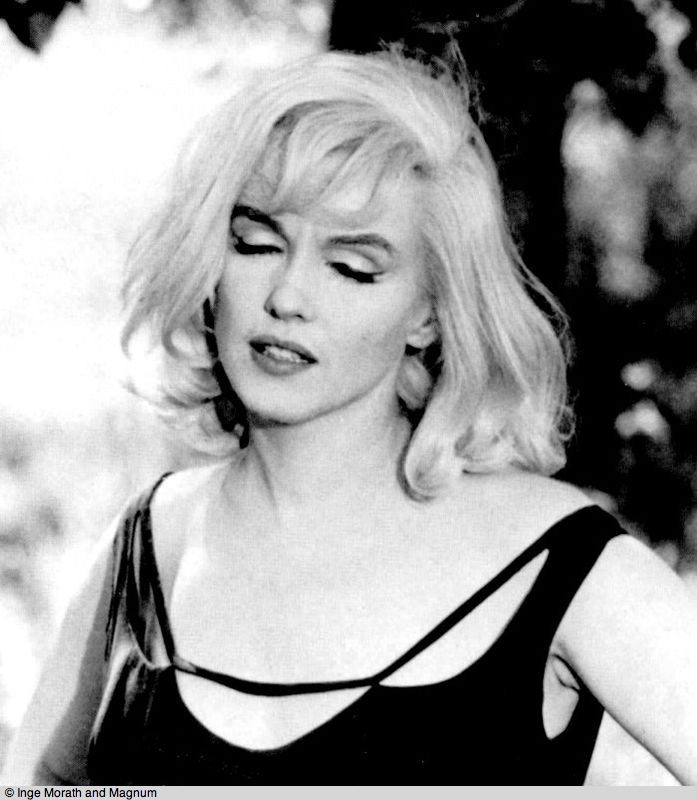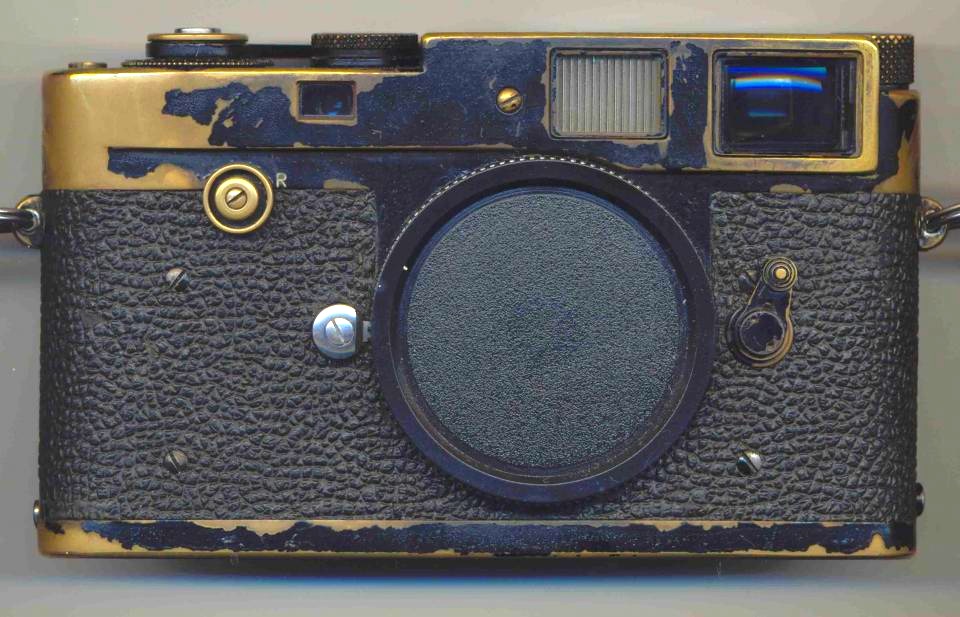Prces fall.
While film director Stanley Kubrick was not the first to use the gyro-stabilized Steadicam rig to allow hand-held vibration-free movie making, his terrifying movie The Shining, using a Steadicam with a low level attachment, redefined movie making. Anyone who has seen the scene with the child riding the tricycle down the dingy hotel corridor will have had a flashback whenever checking into a hotel.
The Steadicam is not cheap, starting at $11,000. Now a new competitor, the MÅvi has hit the market, and my attention was drawn to it by my nephew who is a professional film cameraman. It’s rumored that the first $15,000 version will be complemented by a $7,500 one soon. Doubtless there will be a burgeoning rental market, as that’s a lot of money to have tied up in gear.
You can see the capabilities of this device by clicking the image below. Watch especially for the part where the operator on roller blades (!) hangs onto a moving New York City cab. The camera used is the new and very exciting Canon 1D C, specially made for movie making. That body offers 4K resolution, meaning 4096 x 2160 pixels per frame. Still image quality in a movie camera.
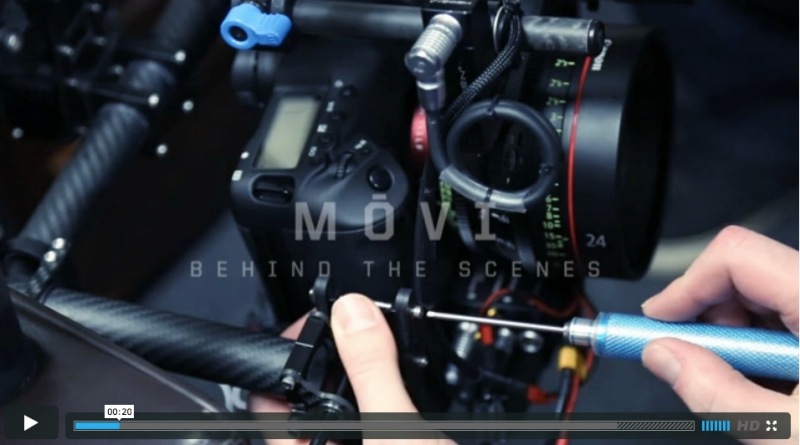
Click the picture for the video.
The director/videographer is Vince Laforet who has been featured here before.
